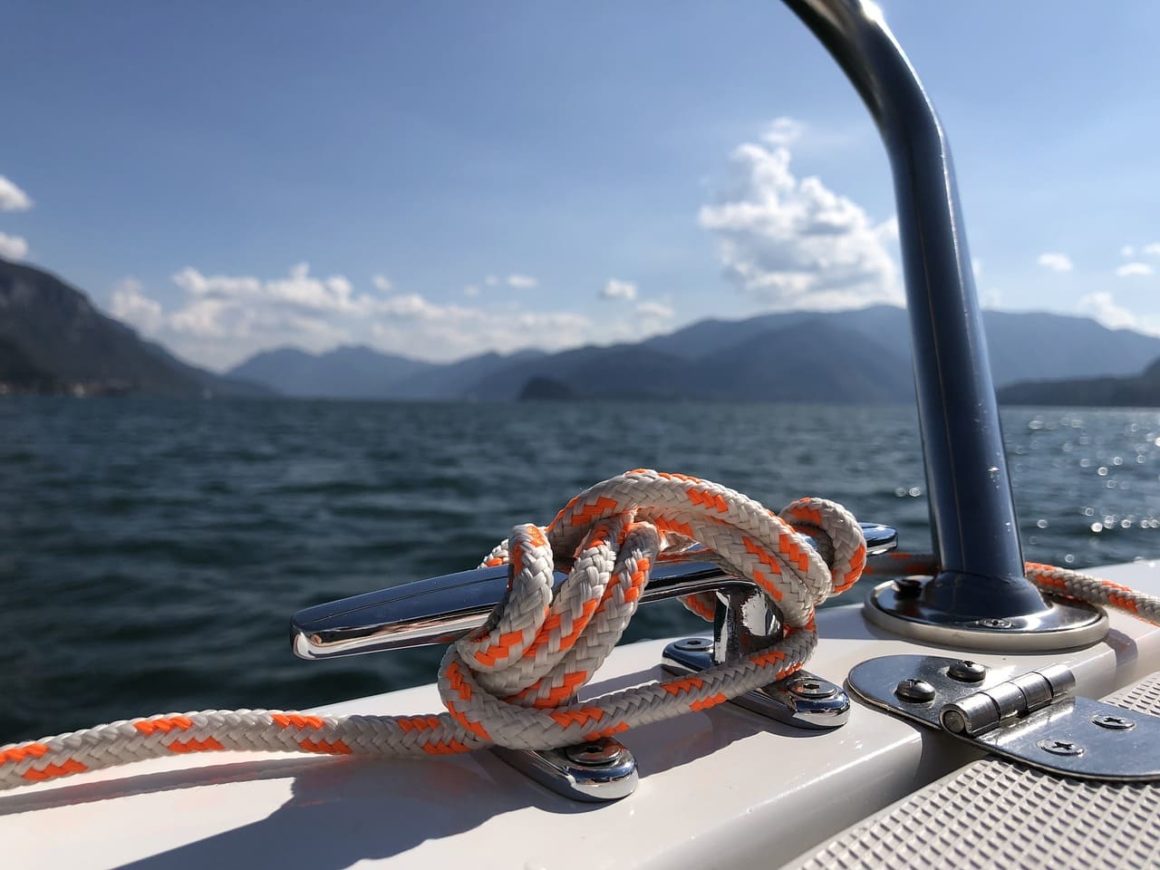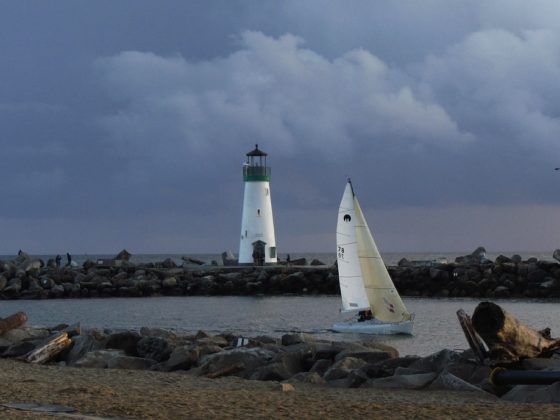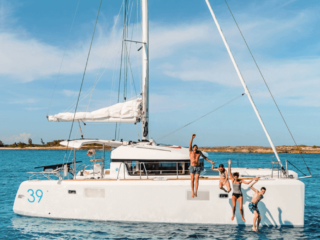Share the post "The Sailboat Cleat: A guide to types and uses"
If you’re a sailing enthusiast or just interested in learning more about sailboats, then Click&Boat has got your covered! Today, we’re going to explore the humble Sailboat Cleat – a small but mighty component that is essential for smooth sailing. So, batten down the hatches, and let’s set sail!
What is a Sailboat Cleat?
It is a small metal or plastic fitting that is attached to the sailboat’s deck. This nifty device helps to secure ropes or lines that are attached to the sails or other parts of the boat. The Sailboat Cleat has two horns or arms, and ropes are wrapped around these arms to hold them in place.
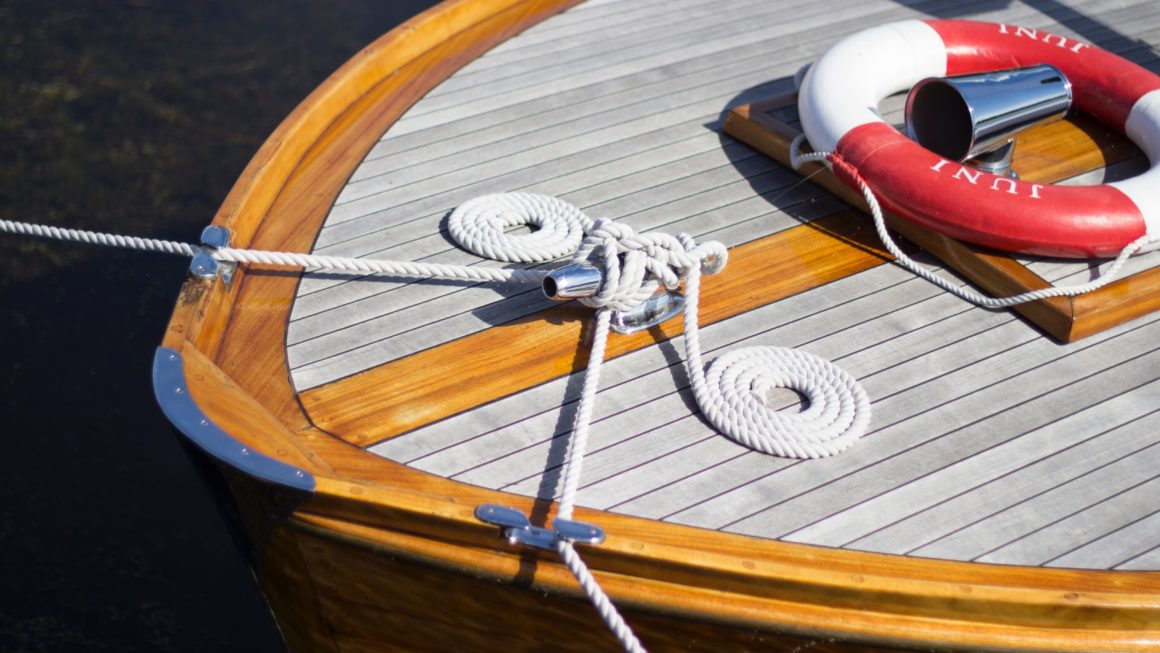
What is a Sailboat Cleat made of?
Manufacturers typically use a range of materials, such as metal, plastic, and wood, to make sailboat cleats. Metal cleats, made from stainless steel, brass or aluminium and sailors consider them more durable. Plastic cleats, often made from nylon or other synthetic materials, are lightweight and affordable, but might not withstand heavy loads as well as their metal counterparts. Wooden cleats, on the other hand, add a touch of traditional charm and can be found on classic or vintage boats. The choice of material depends on factors like cost, strength, and aesthetic preferences.
Why is a Sailboat Cleat So Important?
Sailboat Cleats are essential for sailing because they allow sailors to control the sails and other parts of the boat safely. By securing lines to these, sailors can adjust the sails’ angle and tension, which affects the boat’s speed and direction. Without them, sailors would have to hold onto the lines continuously, which would be tiring and inefficient.
They also play a crucial role in the boat’s safety. By securely holding the lines, they prevent the sails from accidentally unfurling or becoming tangled, which could cause the boat to capsize or become unmanageable.
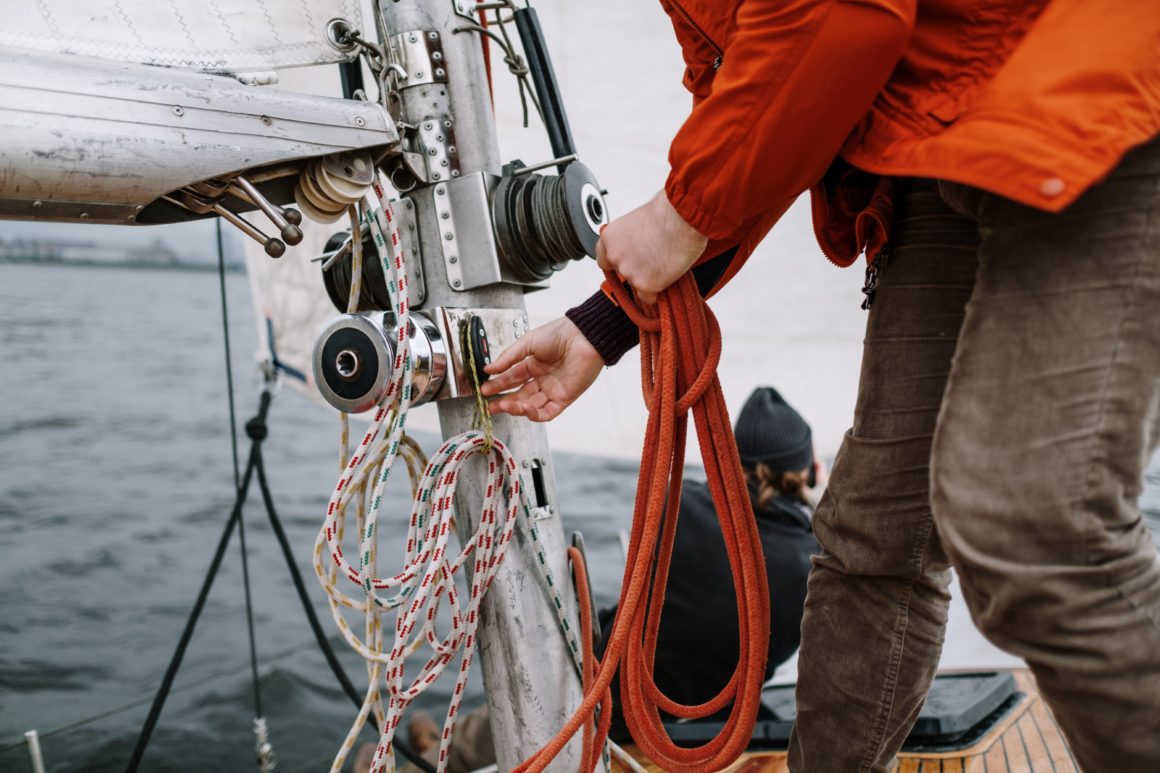
What are the different types of Sailboat Cleats?
Now, let’s explore some of the different types of cleats out there. There are different types of cleats, from traditional horn cleats to high-tech cam cleats, that sailors can use depending on their sailing style. Let’s have a look!
Horn Cleats
These are the most traditional type of Cleat and are still popular today. Horn Cleats have two upward curving arms that sailors use to hold the rope securely in place. In addition to traditional Horn Cleats, sailors can use rope clutches or shaped slots on larger boats to secure control lines.
Cam Cleats
Cam cleats use a spring-loaded cam mechanism to grip the rope tightly when sailors push it down. These are popular for racing sailboats, where quick and easy release is essential.
Clam Cleats
Similar to Cam Cleats, clam cleats use a spring-loaded mechanism to hold the rope in place. However, the rope is held between two jaws rather than a cam, which can provide a more secure grip.
Jib Cleats
These cleats are designed specifically for the jib sheets and are often found near the front of the boat. They are typically smaller than other cleats and can hold thinner ropes.
Deck Cleats
Deck cleats hold larger ropes and lines and can be made of metal, plastic or other materials, and sailors use them for docking and anchoring.
How Does a Sailboat Cleat Work?
Cleats hold ropes or lines securely in place while still allowing them to be released quickly and easily when necessary. They work by providing a secure anchor point for the rope, which can then be wrapped around the cleat’s arms multiple times to increase the holding power.
When the rope is wrapped around, it’s important to ensure that it’s done correctly, that the line is held securely. The rope should be wrapped around the cleat at least three times, with each wrap crossing over the previous one. This ensures that the line is held securely, and the wraps don’t slip when the rope is under tension.
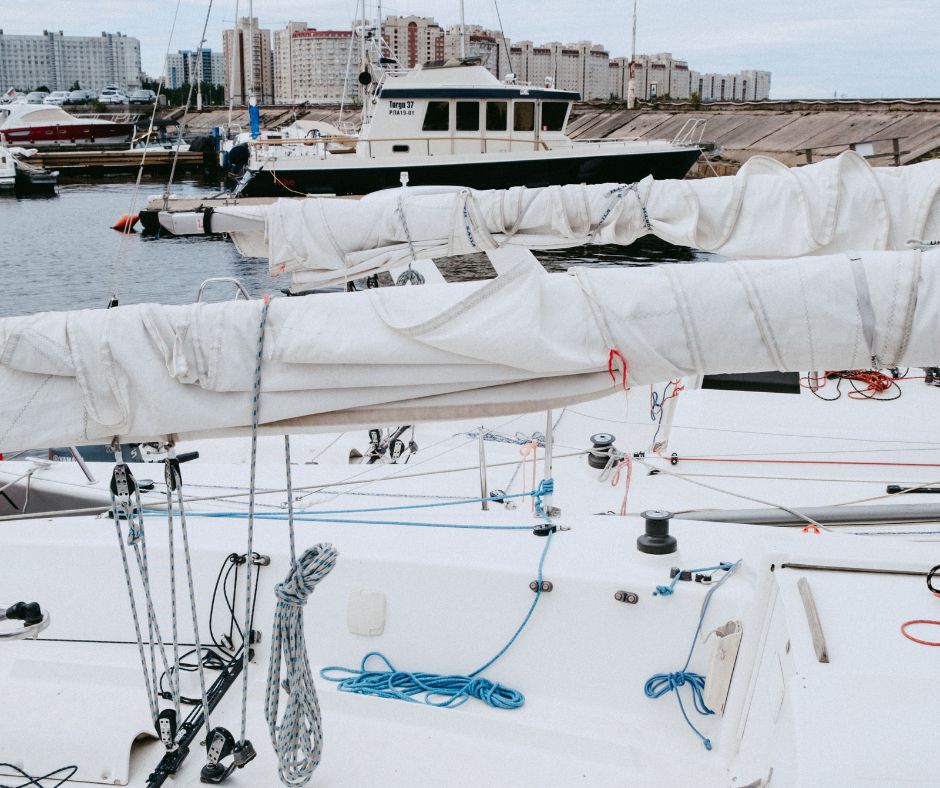
How to tie a Cleat knot
Tying a cleat knot is a useful skill to have for securing a boat or tying down a load. To tie a cleat knot, sailors start by wrapping the rope around the base of the cleat in a figure-eight pattern. Then, cross the rope over itself and loop it under the opposite horn of the cleat. Bring the rope back over the top of the cleat and create another figure-eight wrap around the opposite horn. Finally, cross the rope over itself once more and tuck the end under the last wrap. Pull the knot tight and it should be secure. With a little practice, tying a cleat knot can become a quick and easy task. You can also check our essential sailing knots guide!
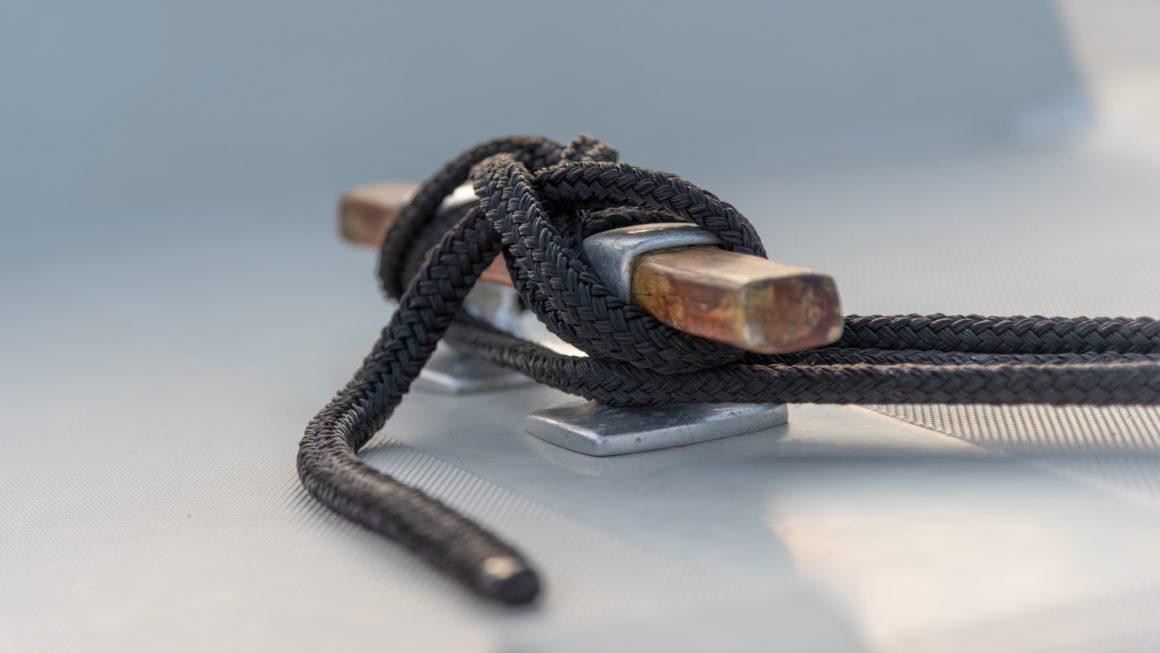
Cleat safety and maintenance
Even though cleats look simple, they handle a lot of load, so good safety habits matter. Never overload a single cleat with many heavy lines; spread the load between two cleats when possible. Avoid sharp angles that can chafe the rope and weaken it over time. Make sure all cleats are through-bolted with proper backing plates rather than just screwed into the deck, especially for mooring and anchoring lines. It is also worth inspecting your cleats regularly for cracks, corrosion or movement when the line is under strain. On older boats, check that the deck around the cleat has not become soft or damaged by water ingress. Replacing a tired cleat or adding a backing plate is far cheaper than repairing torn deck hardware after a hard pull.
So, now that you are familiar with all the moving parts, you can appreciate just how important they are for a safe and enjoyable sailing experience. From small keel boats to larger vessels, these pieces of sailing hardware are important. So, next time you’re out on the water, give your cleats a little nod of appreciation. After all, they’re the unsung heroes of the sailing world!
FAQ
They are usually installed near the bow, stern and midships, where you most often tie dock lines and fenders.
A common rule of thumb is that the cleat should be roughly 10-12 times the diameter of the rope.
Plastic cleats are fine for light loads and small boats, but metal cleats are safer for mooring and anchoring lines.
Snug the wraps so they do not slip, but avoid over-loading the line; the knot should be secure yet easy to release.
Replace it if you see cracks, heavy corrosion, bent horns, or if the cleat or deck moves when the line is under load.

